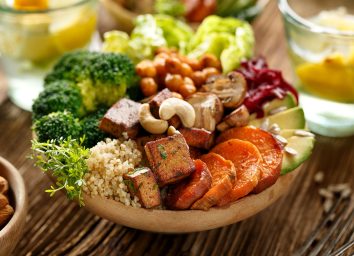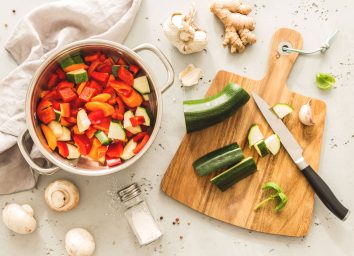The Healthiest Eating Habit to Start Right Now
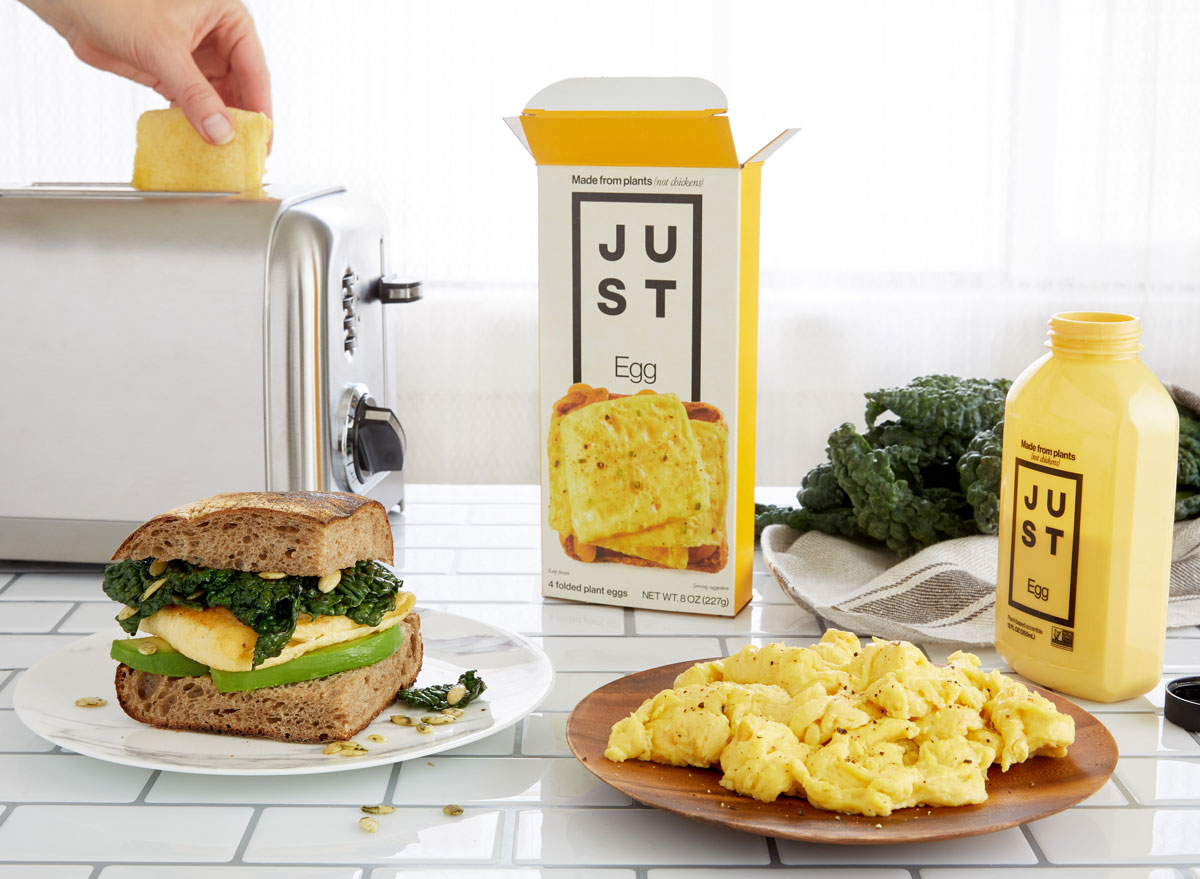
Amongst the dozens of diets, hundreds of healthy foods, and thousands of better eating tips, it's easy to get overwhelmed by all the information out there. Allow us to help you cut through all of that. We identified one healthy eating habit that can help you reap the benefits you're likely looking for in a diet or lifestyle change: less inflammation, longer lifespan, lower incidence of chronic disease, better weight regulation, improved mood, and healthier skin.
All of these are benefits of following a plant-based diet, which is why the healthiest eating habit you can start right now—right after reading this—is to eat at least one plant-based food at every meal.
It's an easy habit because it doesn't require you to give up anything—instead, you can focus on adding more foods that benefit your health rather than taking away foods that you enjoy.
Over time, following a plant-based diet will mean you're getting most of your foods from plants, but when you're just starting out, it's more important to focus on making small steps, such as adding at least one more plant food—like fruits, veggies, beans, nuts, seeds, whole grains, and other plant-based proteins—to every meal.
Adding can also mean swapping. For example, one of the most popular breakfasts is a bacon, egg, and cheese sandwich. This might be delicious (it is), but upon closer look, there are no plants in this combo! Rather than removing bacon or cheese to eat more plants, you can sub out the egg for a plant-based option like JUST Egg. Made from mung bean protein, JUST Egg has that same, familiar, egg taste and texture you know, but it's served up in a plant-based, cholesterol-free protein.
For more quick, easy, and convenient tips to get more plants on your plate without disrupting your routine, keep reading.
Stock up on plant-based proteins.
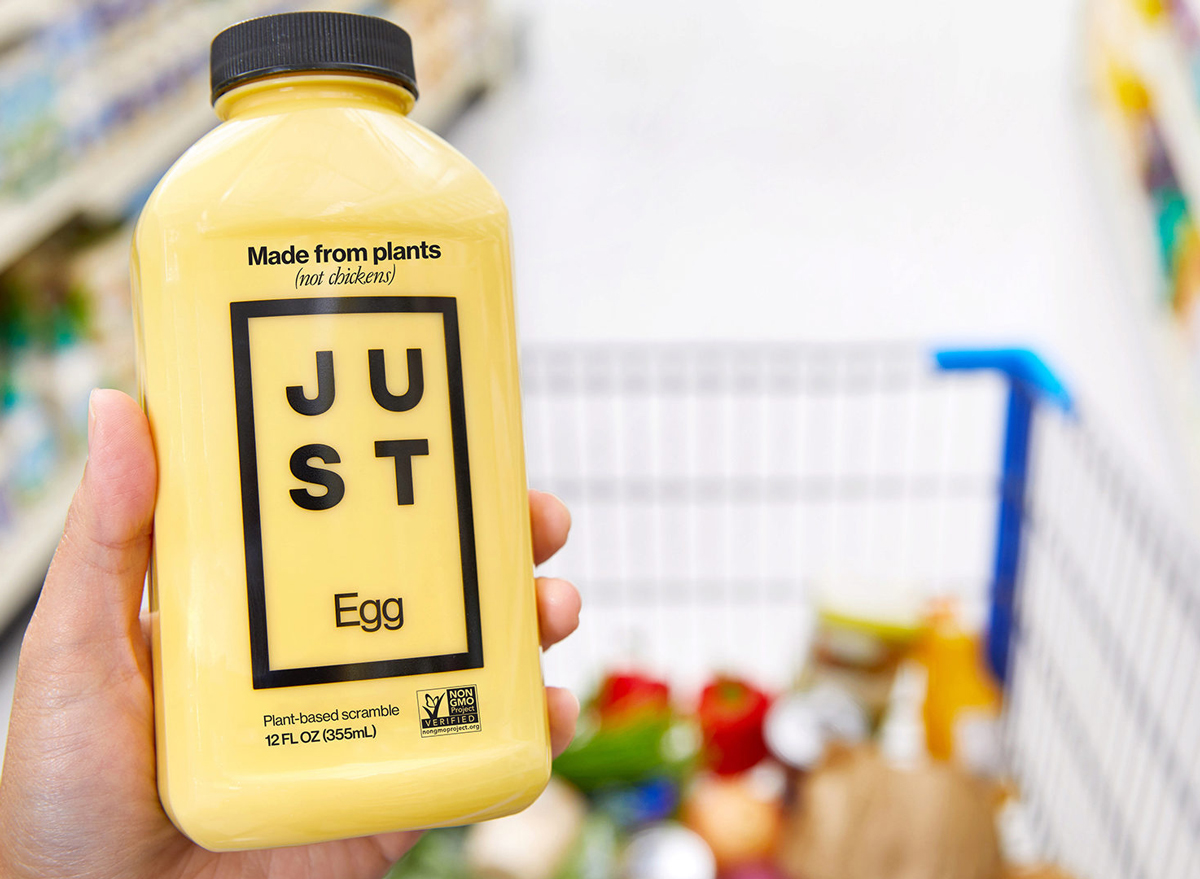
You can't eat what you don't have. Your plant-based grocery list should include easy ways to eat more plants and plant protein, like JUST Egg. The plant-based egg, which boasts 5 grams of protein per serving, comes in a pourable bottle that makes scrambling eggs or frying up an omelet a breeze—no need to worry about cracking eggs or using yet another bowl! By adding more sources of plant protein to your diet, you can boost your health in multiple ways. A recent study published in JAMA Internal Medicine found that by replacing eggs with plant protein, participants' risk of early death decreased by 20%! Plus, a 2015 Advances in Nutrition study found that current evidence supports the idea that consuming a diet high in plant protein may support heart health by decreasing intake of saturated and trans fats, although the authors note that additional evidence is needed to draw a more conclusive link.
Meal prep healthy food
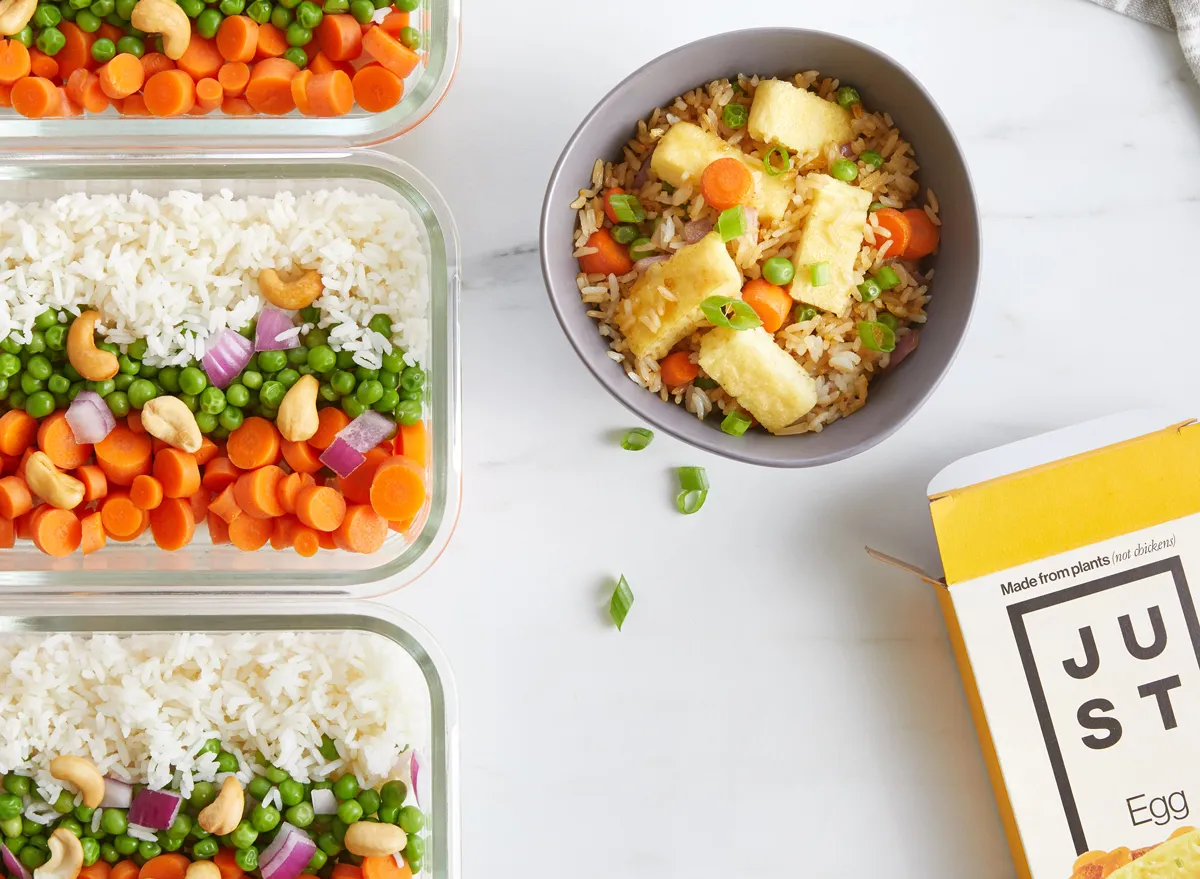
Let's be honest: We're all drawn to the quicker, more convenient option—even if it isn't the best for us. Odds are, if you have the choice between grabbing a bag of chips or cutting up cucumbers and peppers for a snack, you're going to choose the chips. But, you'll be filling up with empty calorie foods. Instead, plan ahead by meal prepping some plant-based snacks or dishes one day every week.
Cut up veggies and store them in mason jars; make a big batch of lentils to throw on salads or serve as a side with any meal; put together smoothie bags so you can grab and toss in a blender, add a plant-based milk, and blend!
You can also stock up on JUST Egg Folded. This pre-cooked, toaster-ready plant-based egg option is ready to serve up on a sandwich or as your main protein in plenty of dishes. (To heat, you can simply pop it in the toaster!) Use it to meal prep Fried Rice, Breakfast Burritos, or even Harvest Bowls.
Keep fresh fruit on the counter
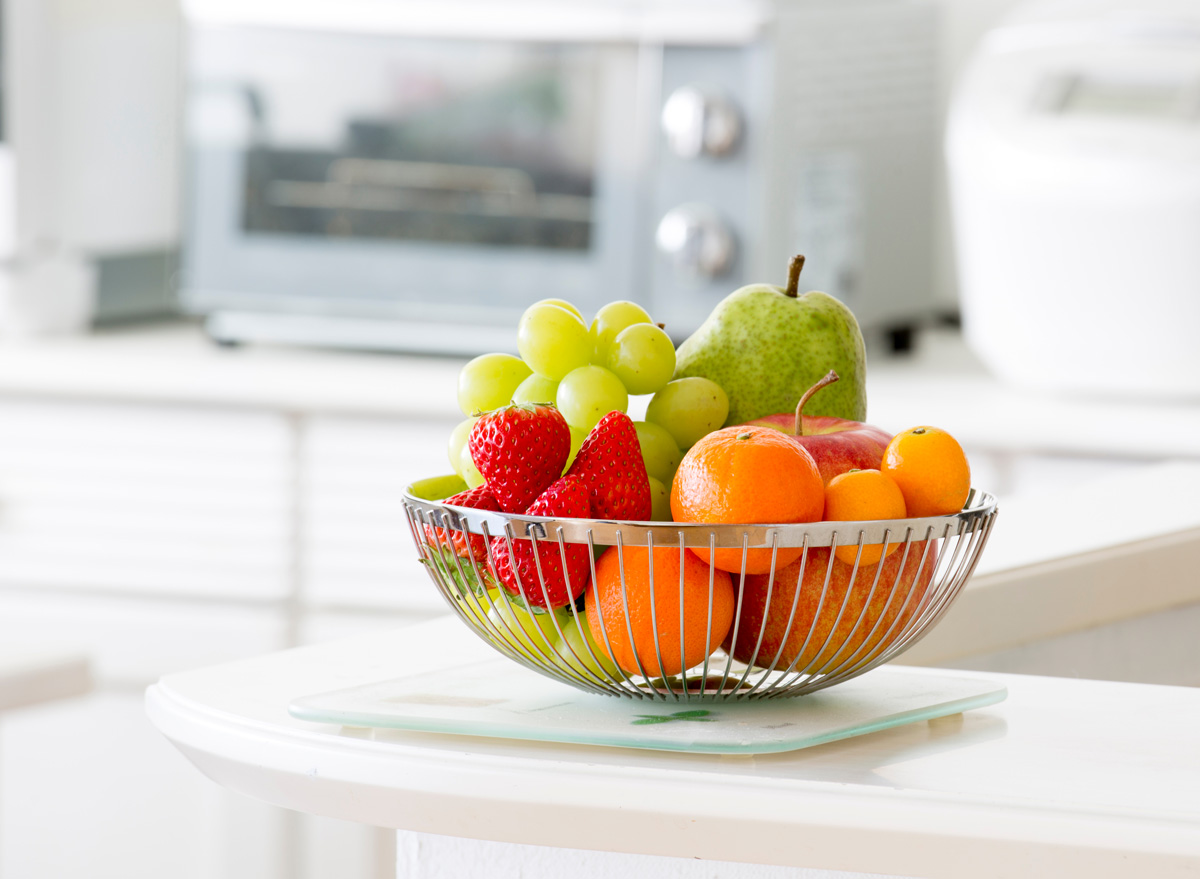
Having fresh fruit on the counter will be a visual reminder to eat fruits and veggies and will also make it easier to grab an apple instead of digging your hand into a bag of pretzels.
In fact, a 2012 study published in the journal Environment and Behavior found that when fruits and vegetables are within arm's reach, participants were more likely to eat them. And, as a result, they increased their intake of fruit.
Eat your beans
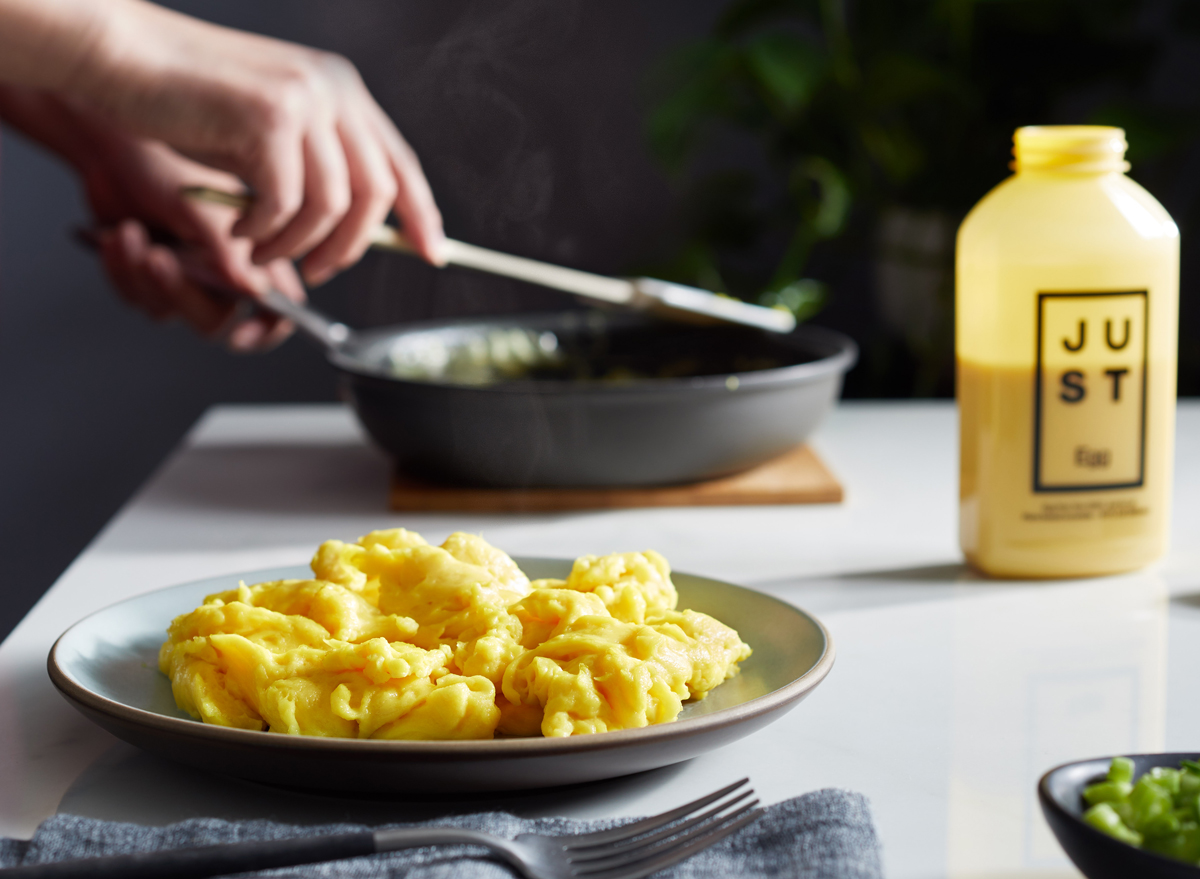
Legumes are the smartest place to start if you want to ease into plant-based eating gently. You'll not only pack plenty of protein and fiber into your diet but also ward off cravings by staying fuller for longer. Regular consumption of legumes can, in fact, make you feel 31% fuller than passing on the fiber-packed beans, according to a study in the American Journal of Clinical Nutrition. It gets better: upping your plant-based protein consumption may even play a role in preventing obesity, research published in the Nutrition Journal found.
If you don't want to dive into the deep end by opening a can of black beans or chickpeas, there are other ways to get your legumes. One is by eating JUST Egg, which features 5-7 grams of protein per serving from mung beans.
Start your meals with a salad
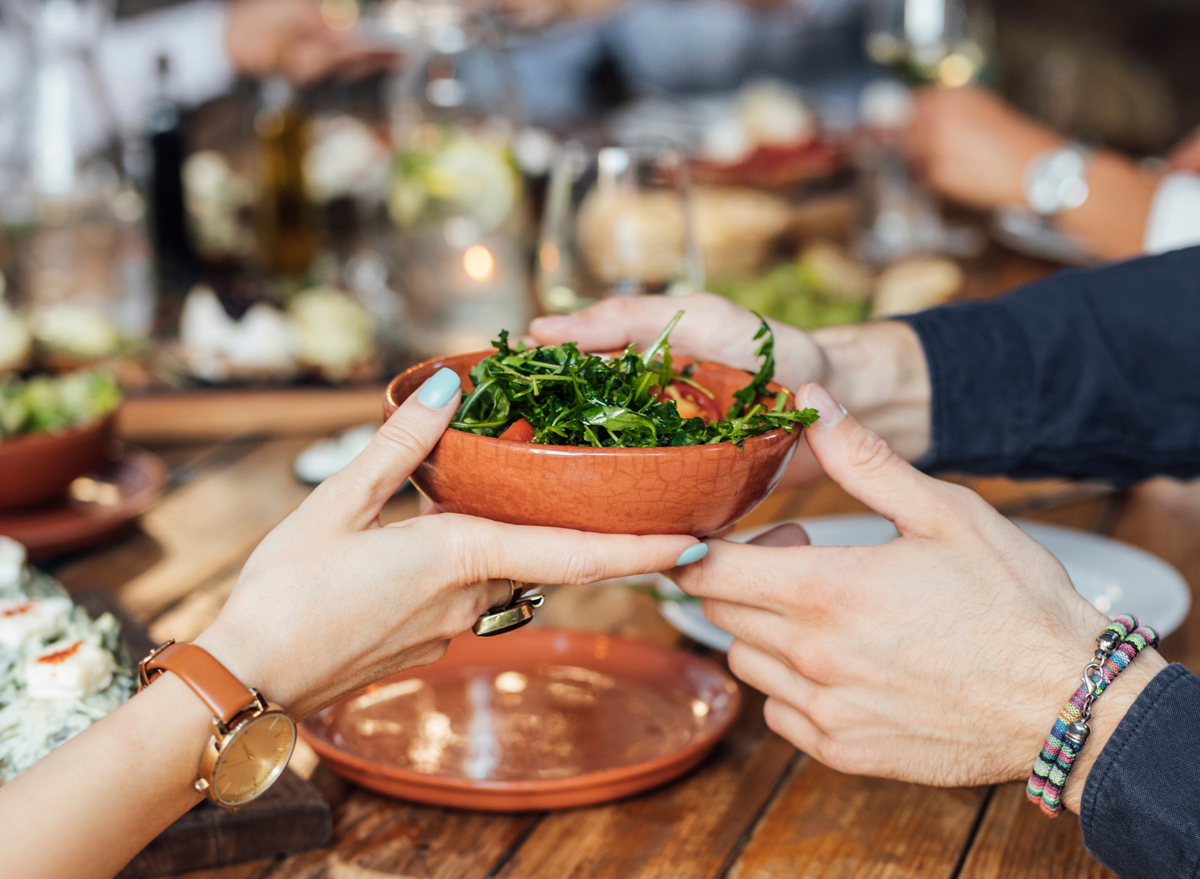
Start your meal with a salad. This ensures your meal features veggies, and it's also a good strategy for slowing down how quickly you eat your meal.
Bonus tip: By eating that salad before a meal, you can further increase your veggie intake. A study published in the journal Appetite found that by simply eating a salad before a meal, participants ate 23% more vegetables than they would have if they had a salad during the meal.
Rely on frozen fruits and vegetables
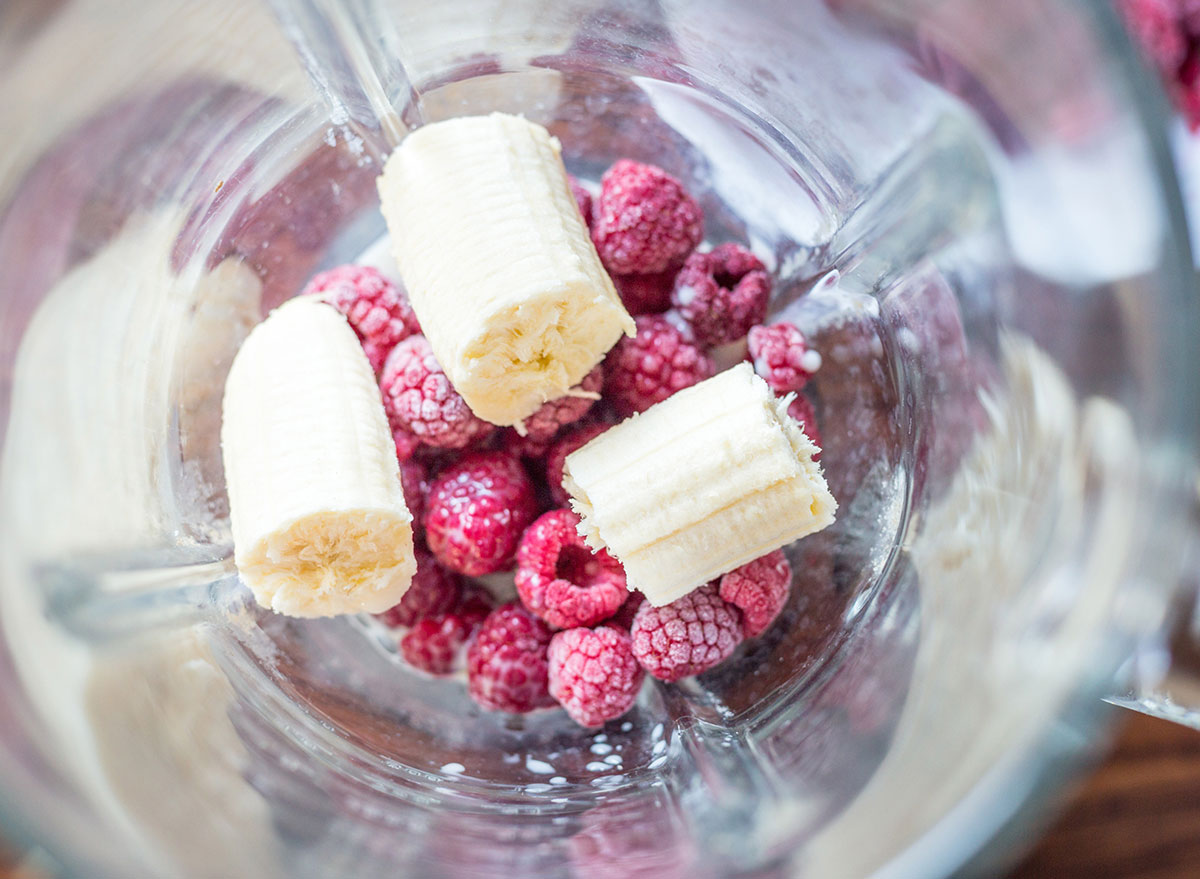
Frozen fruits and vegetables are a convenient way to increase your plant food intake. They're effective because the freezing process solves for many of the commonly-reported reasons people don't eat as many fruits and vegetables as they should. A 2010 study published in the journal Clinical Medicine & Research asked participants what they perceived to be the biggest barriers to increasing their produce intake. The most common responses? Fruits and vegetables go bad too quickly, they were not available in their homes, they're expensive, and they take too long to prep.
Luckily, frozen versions of fruits and veggies leap over these boundaries. They have long shelf lives of up to a year, they're easy to keep in your freezer at all times, they're more affordable than their fresh counterparts, and many (veggies in particular) are already pre-chopped—so you don't even have to pull out a cutting board! Plus, a 2017 study showed that the nutritional value of many frozen fruits and vegetables are generally equal to that of their fresh counterparts.
Make half your plate vegetables
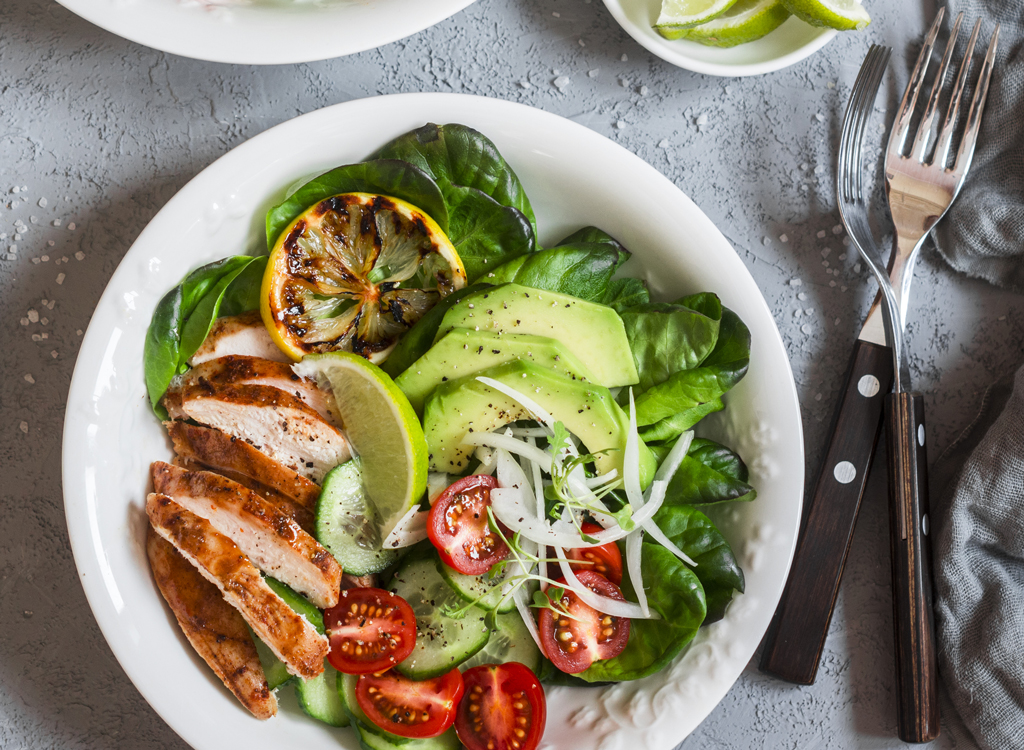
Forget scales and measuring cups. You don't need to portion out every fruit, vegetable, protein, fat, or starch for every meal. That's just time-consuming and unnecessary. Instead, use visual reminders of how many plants you should be eating, like making sure at least half of your plate is whole foods.
In fact, when it comes to managing your weight, focusing on adding lower-calorie foods like fruits and veggies to your plate is more effective than limiting your intake of high-calorie sweets, proteins, and fats, according to a study in the International Journal of Obesity. Researchers found that portion control is important for weight management, but it's even more important for people to understand that they can eat a satisfying amount of food with larger portions of low-calorie foods rather than simply eating less of all foods.
Eat the rainbow
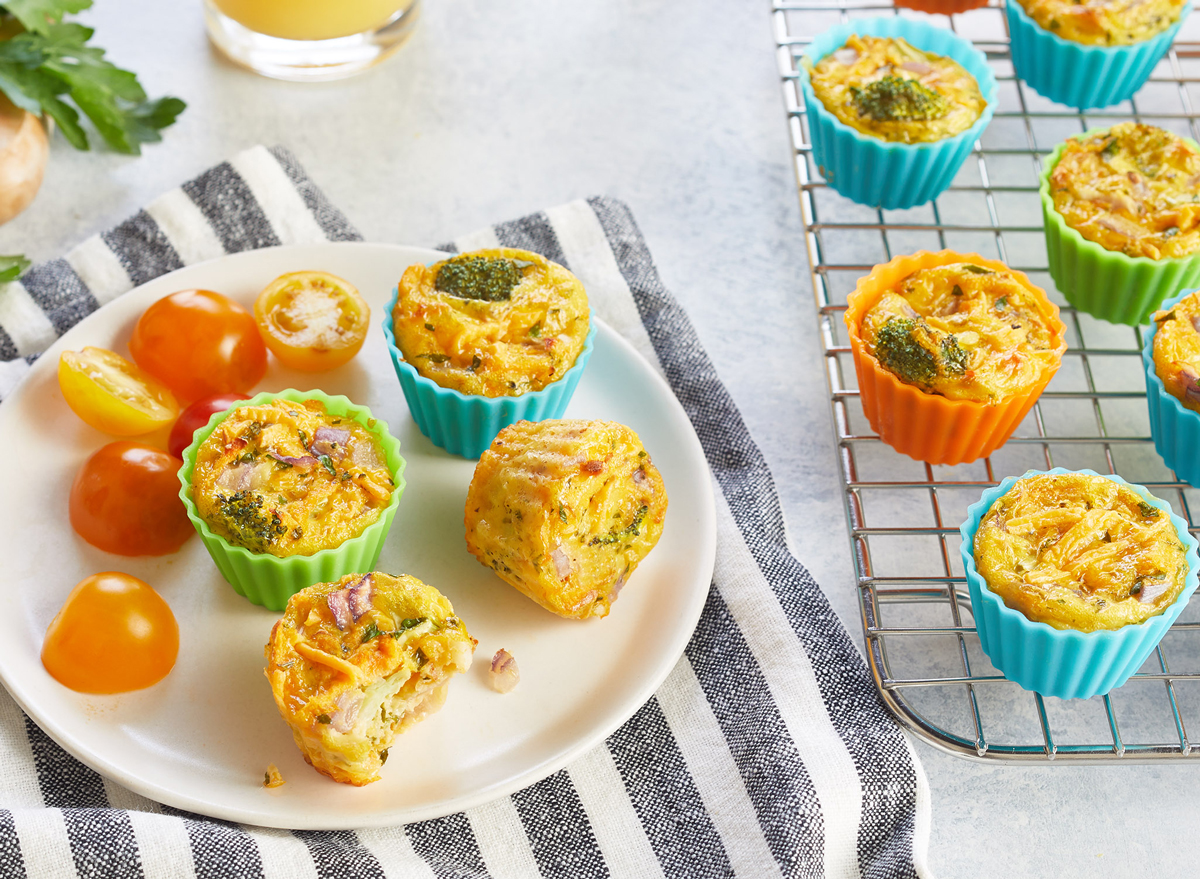
There's a reason why we've always heard the nutrition advice to "eat the rainbow." The recommendation stems from supporting the variety and diversity of micronutrients in your diet, and the distinct colors of food can act as helpful cues. Plants get their colors from phytonutrients—compounds that give plants their rich colors, distinctive tastes, and health benefits. For example, many red foods get their color from carotenoids like lycopene, an antioxidant that may protect against prostate cancer as well as heart and lung disease. Green foods are rich in cancer-blocking chemicals like sulforaphane and vitamin K, a micronutrient essential to blood and bone health.
An easy way to eat the rainbow is with mini egg frittata bites. Make your own using a plant-based egg, like JUST Egg, to get even more color and plant-based nutrients into your diet alongside broccoli, tomatoes, peppers, and onions.
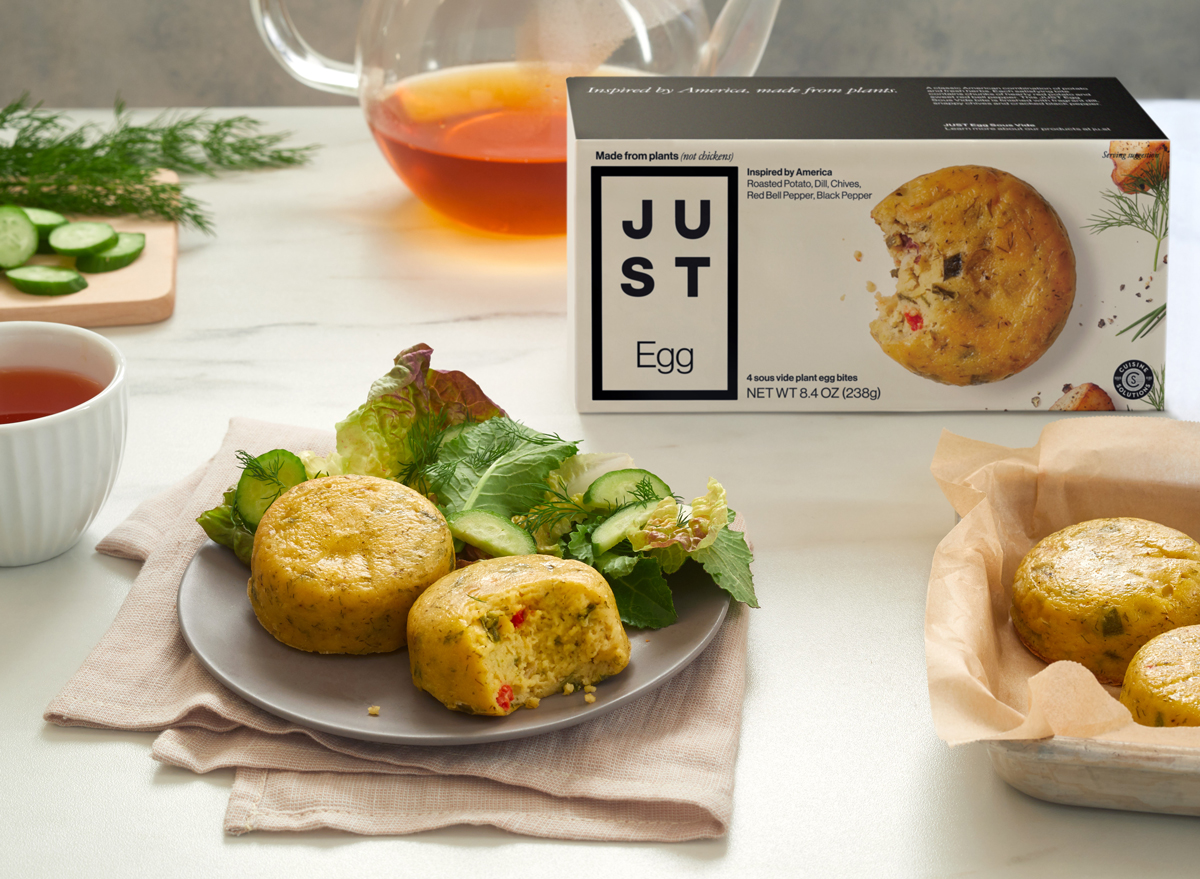
To make your life even easier (and save a bit of time), you can also opt for JUST Egg Sous Vide. Pre-cooked and ready to eat after a brief heat, these Sous Vide bites come in four flavors inspired by regional cuisines in America, India, Japan, and Mexico—each featuring a unique blend of nutritious plant ingredients. You'll find everything from broccoli to portobello mushrooms to poblano peppers to black beans in these bites, each of which packs between 9 to 13 grams of protein.
Keep your eyes peeled for these convenient bites—they're rolling out to retail in March!

